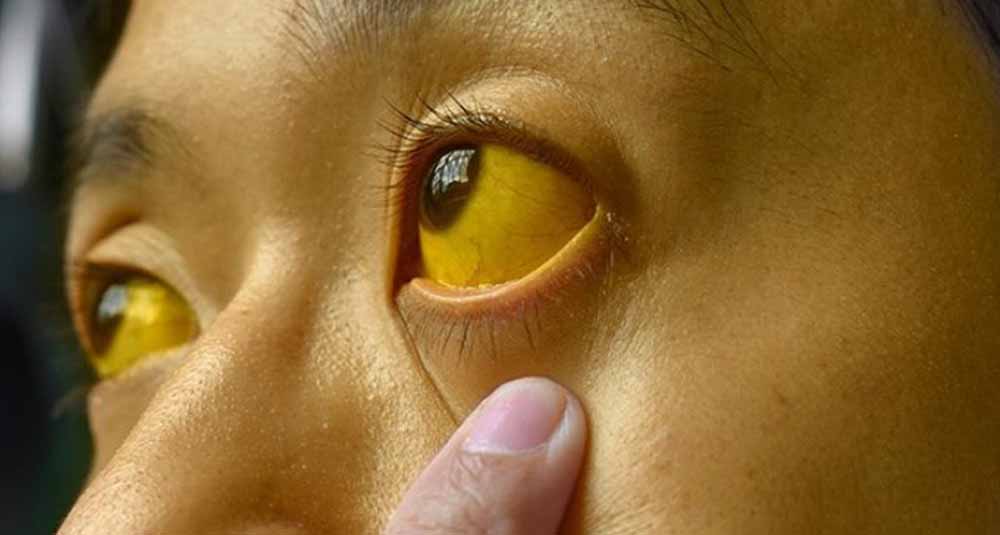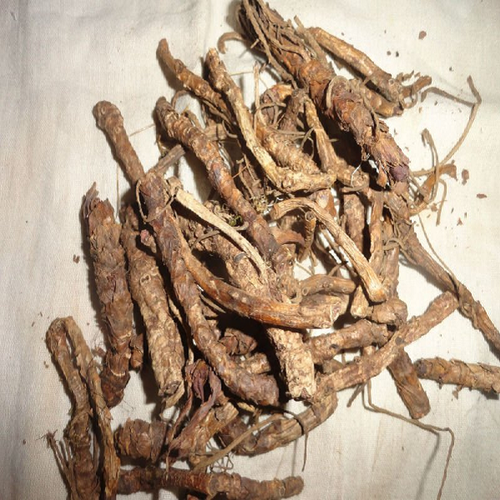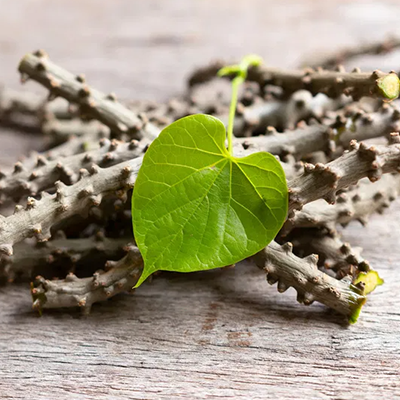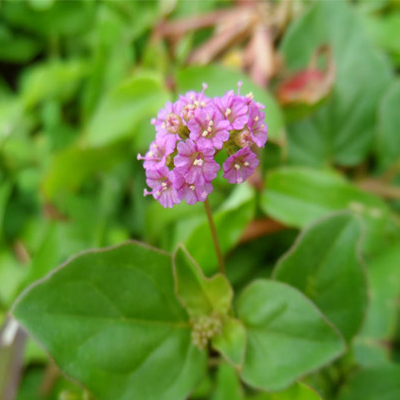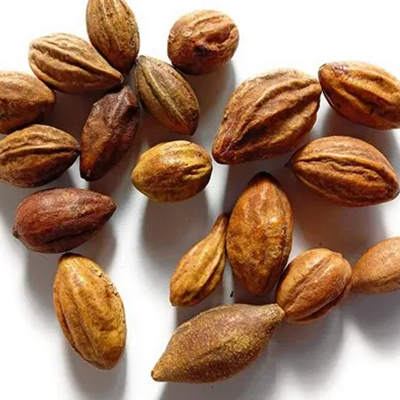Jaundice is a medical condition characterized by yellowing of the skin, mucous membranes, and the whites of the eyes due to an increased level of bilirubin in the blood. Bilirubin is a yellow pigment formed during the breakdown of red blood cells.
Causes of Jaundice
Jaundice is generally classified based on its cause:
1. Pre-Hepatic (Hemolytic) Causes
These occur before bilirubin reaches the liver and are usually due to excessive breakdown of red blood cells, leading to an overwhelming amount of bilirubin. For e.g.
- Malaria
- Sickle cell anaemia
- Haemolytic anaemia
- Thalassemia
2. Hepatic Causes
These are due to liver dysfunction or damage, affecting the liver's ability to process bilirubin. For e.g.
- Hepatitis (viral, alcoholic, autoimmune)
- Cirrhosis
- Liver cancer
- Fatty liver disease
- Gilbert's syndrome (a genetic disorder)
3. Post-Hepatic (Obstructive) Causes
These occur due to obstruction of bile flow from the liver to the intestine.
- Gallstones
- Pancreatic cancer
- Biliary atresia
- Strictures or scarring of bile ducts
Common Symptoms of Jaundice
- Yellowing of the skin and eyes
- Dark-coloured urine (due to increased bilirubin excretion)
- Pale stools (indicating bile duct obstruction)
- Fatigue and weakness
- Itching (pruritus) due to bile salt accumulation
- Loss of appetite
- Nausea and vomiting
Complications of Jaundice
If left untreated, jaundice can lead to severe complications depending on the underlying cause:
- Liver failure
- Kidney damage (hepato-renal syndrome)
- Chronic hepatitis leading to cirrhosis
- Portal hypertension
- Increased risk of infections
- Neurological damage in new-borns (kernicterus)
Diagnosis of Jaundice
The diagnosis involves clinical examination and laboratory tests:
1. Clinical Examination
- Checking for yellowing of the skin and sclera
- Palpating the liver for enlargement
2. Laboratory Tests
- Bilirubin levels: Total, direct (conjugated), and indirect (unconjugated) bilirubin
- Liver function tests (LFTs): ALT, AST, alkaline phosphatase, albumin
- Complete blood count (CBC): To detect anaemia or infection
- Coagulation profile: To assess liver's synthetic function
3. Imaging Studies
- Ultrasound: To detect gallstones or liver abnormalities
- CT or MRI scans: For detailed imaging of liver and bile ducts
- MRCP (Magnetic Resonance Cholangio-pancreatography): To visualize bile ducts
4. Specialized Tests
- Liver biopsy: To assess for cirrhosis or liver cancer
- Serology tests: To identify hepatitis viruses
- Endoscopic retrograde cholangio-pancreatography (ERCP): To remove blockages in bile ducts
Ayurvedic Perspective of Jaundice (Kamala Roga)
In Ayurveda, jaundice is referred to as Kamala Roga, caused by an imbalance of the Pitta dosha (fire and water element). It often results from excessive heat and toxins (Ama) in the body, disrupting the liver and biliary system.
Types of Kamala (Jaundice)
- Koshthashrita Kamala: Involves the liver and digestive tract.
- Shakhasrita Kamala: Severe jaundice involving tissues and other organs.
- Pittaja Halimaka: A rare, chronic form of jaundice.
Symptoms in Ayurvedic Context
- Yellowish discoloration of skin and eyes (Peeta Netra, Peeta Twak)
- Loss of appetite (Aruchi)
- Bitter taste in the mouth (Tikta Asya)
- Pale stools and dark urine (Krishna Mutra)
- General fatigue (Daurbalya)
Causes of Jaundice as per Ayurveda
- Excessive consumption of hot, spicy, or oily foods
- Alcohol abuse
- Suppression of natural urges
- Mental stress or overexertion
- Toxins from infections or medications
Ayurvedic Treatment of Jaundice
1. Detoxification (Shodhana)
- Virechana (Purgation Therapy): Removes excess Pitta and toxins.
- Basti (Medicated Enema): To balance Vata and eliminate toxins.
2. Herbal Remedies
Kutki (Picrorhiza kurroa):
Improves liver function and detoxification.
Bhumi Amla (Phyllanthus niruri):
Protects liver cells and reduces inflammation.
Guduchi (Tinospora cordifolia):
Enhances immunity and reduces Pitta.
Punarnava (Boerhavia diffusa):
Diuretic and reduces water retention.
Haritaki (Terminalia chebula):
Helps in digestion and detoxification.
3. Diet and Lifestyle Changes
- Light, easily digestible food like rice gruel (kanji), barley water, and boiled vegetables.
- Avoid oily, spicy, and processed foods.
- Stay hydrated with coconut water, sugarcane juice, and herbal teas.
- Adequate rest and stress management through yoga and meditation.
4. Panchakarma Therapies
Detoxification therapies to balance Pitta dosha.
5. Rasayana (Rejuvenation Therapy)
Chyawanprash and other rasayanas for overall health improvement.


